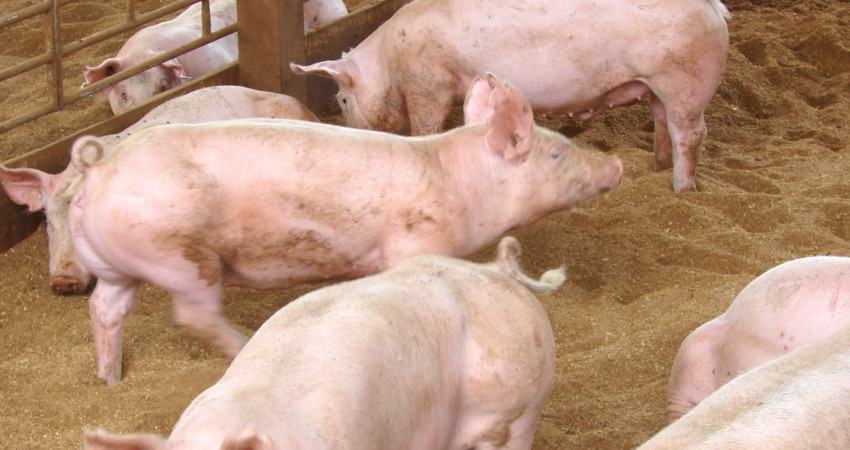

Feeding and nutritional strategies for weaned pigs, regardless of age, should be thoroughly reviewed on a regular basis to ensure success of your weaning age program. Properly designed nutritional programs and feed budgets cannot, by themselves, ensure a successful nursery program. It’s important when moving to an older pig at weaning that nutritional feeding strategies can be modified to maintain growth performance targets and decrease feed cost per pig.
Nursery pig management
Several key management factors are required to maximize growth and profitability of the weaned pig regardless of age at weaning:
Feed and water intake:
The factors necessary to maximize feed intake include a warm, draft-free environment, appropriate water and disease control programs.
Newly weaned pigs dehydrate rapidly and must have ready access to drinking water. Whether you are providing water through nipple or bowl drinkers, proper positioning and sanitation of watering devices are essential elements of proper pig hydration.
Also, to maximize feed intake, pigs must be provided unrestricted access to feed. Producers often limit-feed pigs to reduce post-weaning diarrhea. However, recent research indicates that limit feeding highly digestible nursery diets actually increases the risk for diarrhea. Thus, limit feeding is a frequent cause of reduced nursery exit weights.
A number of management lapses may also result in limited feed intake. These include failure to investigate all potential contributing areas such as improper air temperature or ventilation settings, poor sanitation or undetected disease challenges.
Social interaction between the piglets while eating is critical to develop feeding behavior. Feeders with solid partitions prevent this feeding interaction because piglets cannot see each other while eating. A properly designed feeder without solid partitions encourages proper social interaction and maximum feed intake, while preventing the small pigs from lying and defecating in the feeders.
Feeding mats are also useful to facilitate social interaction during feeding for the first few days after weaning. However, mats can lead to higher levels of feed wastage and disease risk from improper sanitation if kept in the nursery pen too long.
Identifying starve-outs:
In our experience, weaning an older pig will reduce but not eliminate starve-out pigs. It’s essential to have a dedicated workforce who can identify the signs of a starve-out pig, and then gently teach the pig where and how to eat with either a mat or individual feeding system.
Some pigs simply don’t start eating readily after weaning — regardless of age. Producers who have the ability to teach these starve-out pigs to eat, rather than treating them with an antibiotic, will save more pigs.
The main signs to help identify starve-out pigs include: Mental status (depressed), Body condition (thin), Abdominal shape (gaunt), Skin (fuzzy), Appetite (huddled with no activity at the feeder), and Signs of dehydration (sunken eyes).
Pen space:
One of the largest advantages with later weaning is the improvement in pig growth rate, both in the nursery and finishing stages. For every day of increased weaning age up to 21 days of age, producers should expect pigs to be over 3 lb. heavier from weaning until marketing on a fixed-day system, or marketed 1.7 days faster.
However, nursery pen space must be managed carefully. With a higher initial weight and the expected increase in growth rate, space allotments per pig need to be adjusted accordingly. Pig space will need to be increased if pigs remain in nursery pens for the same number of days before being moved to finishing barns.
In wean-to-finish facilities, this is not a concern unless producers are double stocking during the nursery phase of growth.
 Contact Jaguza Support
Contact Jaguza Support